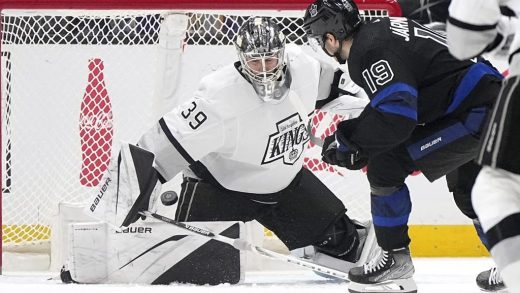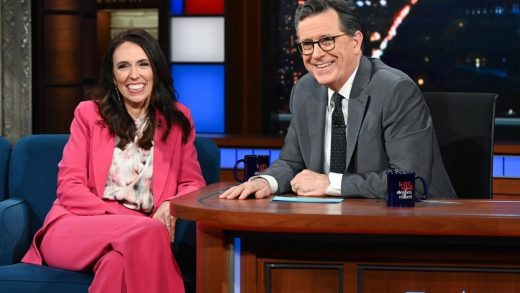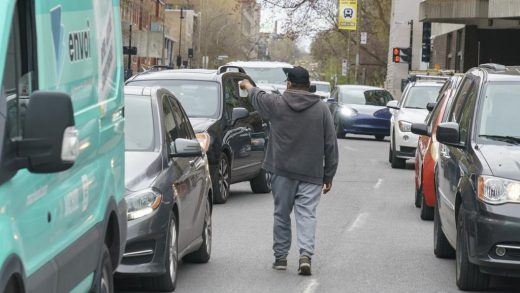
This article was originally published on The Conversation, an independent and nonprofit source of news, analysis and commentary from academic experts. Disclosure information is available on the original site.
___
Author: Philip Resnick, Professor Emeritus, Political Science, University of British Columbia
As British Columbia prepares for an election on Oct. 19, the province is facing a seemingly unfamiliar situation. The provincial party system — which until recently featured the Liberals and the NDP as the two dominant players — has seen the demise of the Liberals a year after they rebranded as the BC United party.
BC United Leader Kevin Falcon recently announced the party was suspending its provincial election campaign to support the B.C. Conservative Party, until recently confined to the margins. The change occurred almost overnight, following futile attempts to forge a more informal electoral alliance between these two right-of-centre parties opposed to the NDP.
One explanation for the emergence of the province’s Conservatives as the main rival to the NDP lies in the huge unpopularity of Prime Minister Justin Trudeau’s Liberal government in B.C. Support for the federal Conservatives in terms of voting intentions has been in the mid-40 per cent range, far in excess of support for either the NDP or the Liberals.
Dissatisfaction with the federal Liberals may also have spilled over to the NDP, which at the federal level had, until recently, been in a supply-and-confidence agreement with the Trudeau government.
Voter discontent
There are several other reasons for discontent with the provincial NDP government that the Conservatives have tapped into. One has been the carbon tax, translating into higher prices at the pump, which the Conservatives have promised to eliminate. This has been such a successful Conservative stance that B.C. Premier David Eby has himself now pushed the NDP into adopting a similar position.
The Conservatives have also been making hay of the high deficits the NDP has been running, even though the province is third behind Alberta and Saskatchewan in having the lowest provincial debt per capita in Canada.
Ongoing problems in accessing the health-care system also play into the Conservative script, along with the high costs and shortage of housing, problems that will clearly not be solved overnight by a Conservative government either.
And then there’s the recurrent toxic drug crisis, concern about crime in the downtown core of cities like Vancouver and the anti-vax sentiment of those who were opposed to the government’s compulsory COVID-19 vaccination policy.
The rise of W.A.C. Bennett
Those with a knowledge of B.C. political history may sense the re-enactment of a scenario this province has in fact seen once before.
Between 1941-1952, there was a coalition government of Liberals and Conservatives that was successful in keeping the Co-operative Commonwealth Federation — known as the CCF and the predecessor to today’s NDP — out of power. When that coalition broke up, the 1952 election saw a new right-wing party coming to the fore.
This was Social Credit, which had swept into power in Alberta in 1935, but failed to make much headway in B.C. until then. Enter W.A.C. (William) Bennett, a maverick Conservative MLA from Kelowna. He had left his party to sit as an Independent in 1951, only to take up the leadership of a largely defunct Social Credit Party in time for the 1952 election.
There was a feature to the 1952 election, however, that is not present in the current B.C. campaign. It was fought under a system of preferential voting.
Voters were asked to express their first, second and third preferences in casting their ballot. The CCF had come in first in terms of seats on the first round. But as the counting proceeded over several weeks and the second and third preferences of Liberal and Conservative voters came into play, Social Credit edged out the CCF by a single seat and came to form a minority government.
Within a year, Bennett called another election under the first-past-the-post system and secured a clear majority. He went on to govern the province for the next 19 years.
Rustad’s bold move
The parallels with today began with a disgruntled member of the B.C. Liberal caucus, John Rustad, an MLA from the Prince George region, being removed from his party caucus for questioning the science of climate change.
After sitting as an independent MLA for half a year, he proceeded to join the largely defunct B.C. Conservative Party, quickly becoming its leader, and within a year completely displaced the BC Liberals — now BC United — as the main opposition to the NDP.
The outcome of the Oct. 19 election is uncertain, with the NDP and the Conservatives currently neck-and-neck in the polls. But if Rustad’s Conservatives win, the ghost of Bennett will likely be chortling from the grave.
___
Philip Resnick does not work for, consult, own shares in or receive funding from any company or organisation that would benefit from this article, and has disclosed no relevant affiliations beyond their academic appointment.
___
This article is republished from The Conversation under a Creative Commons license. Disclosure information is available on the original site. Read the original article: https://theconversation.com/how-the-british-columbia-election-is-being-haunted-by-the-ghosts-of-1952-240097


